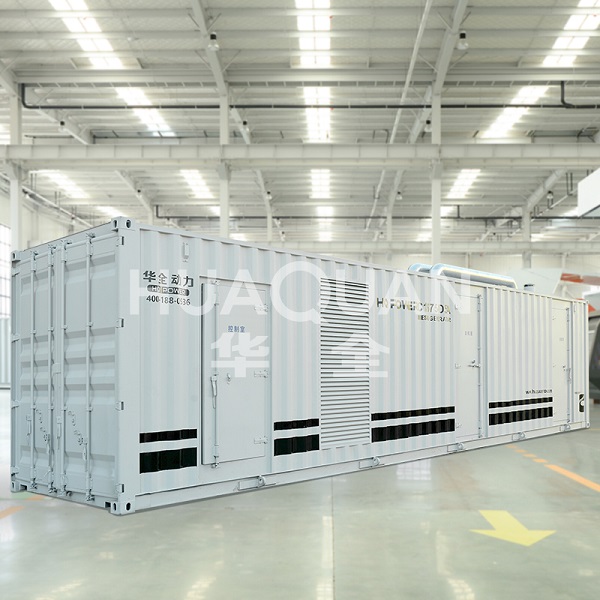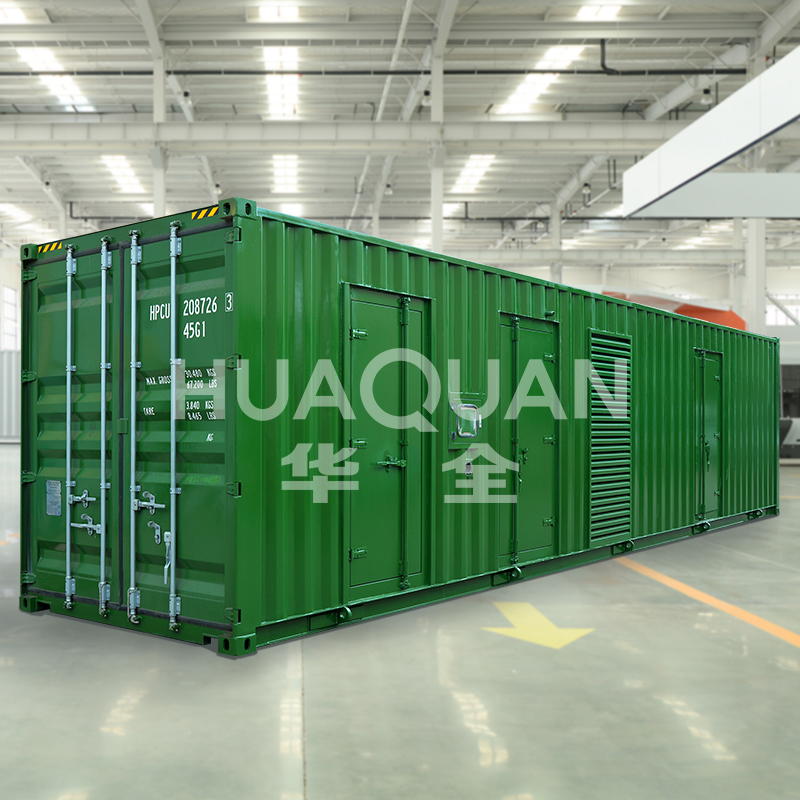When deploying a container power station, proper site selection is the first crucial factor to address. The container power station should be placed on stable, level ground with adequate drainage to prevent water accumulation. Sufficient clearance around the container power station must be maintained for ventilation, maintenance access, and heat dissipation. These basic preparations help ensure safe and efficient operation of the container power station throughout its service life.
Before commissioning the container power station, operators must verify all connections and system integrations. Electrical wiring between the container power station and the distribution network should be inspected for proper insulation and secure terminations. Fuel lines supplying the container power station require checking for leaks and proper pressure ratings. These verifications help prevent operational failures that could interrupt power supply from the container power station.
During operation of the container power station, regular monitoring of performance parameters is essential. Operators should routinely check engine temperature, oil pressure, and fuel consumption rates in the container power station. The control systems within the container power station typically provide real-time monitoring capabilities, allowing operators to detect and address minor issues before they escalate. Scheduled maintenance intervals for the container power station should be strictly followed according to manufacturer recommendations.
Environmental factors significantly impact the container power station's operation. In cold climates, the container power station may require preheating systems to ensure proper startup. In dusty or sandy environments, more frequent air filter changes for the container power station become necessary. The sealed design of the container power station provides some environmental protection, but operators should still account for local conditions when planning maintenance schedules.
Safety protocols must be established for personnel working with the container power station. Proper grounding of the container power station is critical to prevent electrical hazards. Warning signs and safety barriers should be installed around the container power station, especially in public areas. Emergency shutdown procedures for the container power station should be clearly posted and regularly reviewed with all operational staff.
When the container power station requires relocation, special transport considerations apply. The container power station should be properly secured during movement, with all internal components braced against vibration. After transportation, the container power station needs thorough inspection before returning to service. Following these guidelines helps maintain the container power station's reliability across multiple deployment locations.
Proper operation and maintenance of the container power station ensures continuous power availability while extending equipment lifespan. By adhering to these operational considerations, users can maximize the benefits of their container power station investment while maintaining safe working conditions for all personnel involved.








